 “I was somewhat delayed in getting to work because there was a dead bear on the side of the freeway,” my husband said about 30 years ago, just after we moved here from New York City. I think this is the sentence that allowed me to fall in love with California.
“I was somewhat delayed in getting to work because there was a dead bear on the side of the freeway,” my husband said about 30 years ago, just after we moved here from New York City. I think this is the sentence that allowed me to fall in love with California.
Let me back up a bit so you can better understand. I grew up in Paris; I lived in London, Amsterdam and New York City. We moved to the SCV after that, and at that time, our valley was covered with onion fields. I would often see riders on horseback, trotting down Lyons Avenue.
I felt very much out of place. The nature around me did not make sense, with green mountains in the winter and few flowers in the summer. Those mountains all around me were forbidding, having no roads (let alone houses), contrary to what you see in Europe. I was lost, depressed and did not understand any part of the place I was now living.
When my husband told me about a bear killed on the freeway, I came to understand that all of those forbidding mountains were also the home of wildlife that I was totally unaware of. Let’s face it: In large cities, the only encounters with wildlife are with pigeons, crows and sparrows. I remember seeing a rat once between the subway tracks, but that was rare.
Nothing prepared me to imagine that bears were living 10 minutes from my house. It was wonderful news. At the same time, it was a scary and incredible thought.
 Shortly after that, I joined the docent program at the Placerita Canyon Nature Center and learned step-by-step about the fauna and flora of our valley, and the love story between California and me became a fait accompli.
Shortly after that, I joined the docent program at the Placerita Canyon Nature Center and learned step-by-step about the fauna and flora of our valley, and the love story between California and me became a fait accompli.
Education was the only way for me to be able to understand and appreciate my situation from a more global perspective.
We have many visitors at the nature center who need to make the same discovery and understand more deeply about their environment. This is why nature education, generation after generation, is so important.
Last summer, a mother came to Placerita to take a walk on the trail with her young son, and she was surprised and scared to see a rattlesnake close to the building. Her son was walking ahead of her, so she had been taken by surprise and was shaken up for his safety. She came to the office wondering if we couldn’t “do something about those dangerous rattlesnakes so close to the public.”
I did not take her fear lightly. I remember only too well that if you have not been exposed to those sorts of situations, if you have grown up inside cities, it can be an unsettling experience.
Fear is often the first feeling for many of the inner-city children coming on a school trip to Placerita, and the only way to break this barrier is education.
Today I want to dispel a few myths about bears, hoping it can make your trip to the Sierras or even our local mountains a little less worrisome:
 Myth No. 1: Bears cannot run downhill
Myth No. 1: Bears cannot run downhill
How did that story start? Bears have shorter front legs than back legs, but that does not prevent them from running full-speed down hill, and they do that very well. They also can climb trees very fast. They are top predators on the food chain, and they can chase and attack in any kind of terrain. It does not have to be a flat plain or going uphill.
Myth No. 2: A bear standing on its hind legs is going to attack.
Actually, it is the reverse. A bear ready to charge will be on all fours with its head down. It will get more balance and speed that way. A bear standing on its back legs does that to get a better view. Bears have very good eyesight; they see in color and have vision similar to human beings, although their vision at night is much better than ours. They have a reflective layer on the back of the eye called tapedum lucidum that reflects light.
You might have noticed a green reflection in the eyes of some animals (dogs, cats and many nocturnal animals) at night from your car lights shining in their eyes? That is coming from that special layer that improves their night vision.
Myth No. 3: Bears are carnivores.
Here it gets a little tricky. Bears are classified in the order carnivore, but they are really omnivores. They eat what the area has to offer – plants and animals – and meat is only a small part of their diet.
Some species of bears that grow in areas where meat is difficult to find will eat mostly berries and roots, and they won’t grow as big as the same species living in a different area where fish or meat is available. Interestingly enough, brown bears and grizzly bears are the same species; the grizzly bear (Ursus actos horribilis) is a subspecies of brown bear.
 Myth No. 4: Relocating a bear that is causing problems around homes will solve the problem.
Myth No. 4: Relocating a bear that is causing problems around homes will solve the problem.
The problem is not the bear, but what attracted the bear in the first place. If food is available, another bear will move in. Taking care never to leave garbage available for the bear to find food can be done, but what do you do if you have a lot of fruit trees that the bear is coming to eat? Solutions are not always easy, so being aware is important.
Myth No. 5: If you are attacked, play dead.
Only if a mother bear is defending her cubs – so that is pretty rare. The first thing to do is to prevent being attacked at all. The way to do that is to speak loudly on the trail, even if you are alone. Make noise. Let the bear know you are coming. Stamp your feet or sing if you want to.
Perhaps this is a good time to remind you again that it is not a good idea to hike alone, just in case you might twist your ankle?
Bears do not want an encounter with you. They will retreat if they hear you coming. If both of you are taken by surprise and find each other face-to-face, scream, look big, open your jacket – but do not run, because that looks just like their normal prey, and you might become one.
There are many human-bear encounters every year but very few attacks. However, fight if attacked. Punch with your fists and hit the bear with rocks and branches. Fight for your life.
A predatory bear stalks his prey and attacks from behind. His ears are laid back, his head is down, and the intense focus is on the prey. Studying this behavior might help you to better understand the situation – but I sure hope it does not come to that.
All grizzlies were killed in California. The only place we can still find one is on our flag, sadly enough.
But we do have black bears (they can be brown and beige, too). It is a miracle for me even to think about that fact in such a densely populated state as California.
Do all that is in your power to make sure they have a chance to survive so that our grandchildren will be able to say the same thing. Treasure deep in your heart the fact that you grew up with bears in the mountains around the SCV. It is an incredible concept for most people who grew up in cities, and Santa Clarita has become a good-size city through the years.
Bear sightings are not rare. They are here: scats are found on the trail, bear tracks are seen clearly in the mud after the rain of these last few weeks, and from time to time, a dark shadow is seen through the trees. We can live side by side. Let’s respect each other.
Like this:
Like Loading...
Related





 Tweet This
Tweet This Facebook
Facebook Digg This
Digg This Bookmark
Bookmark Stumble
Stumble RSS
RSS






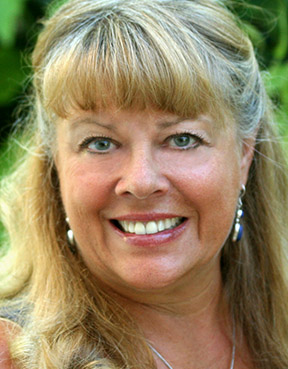

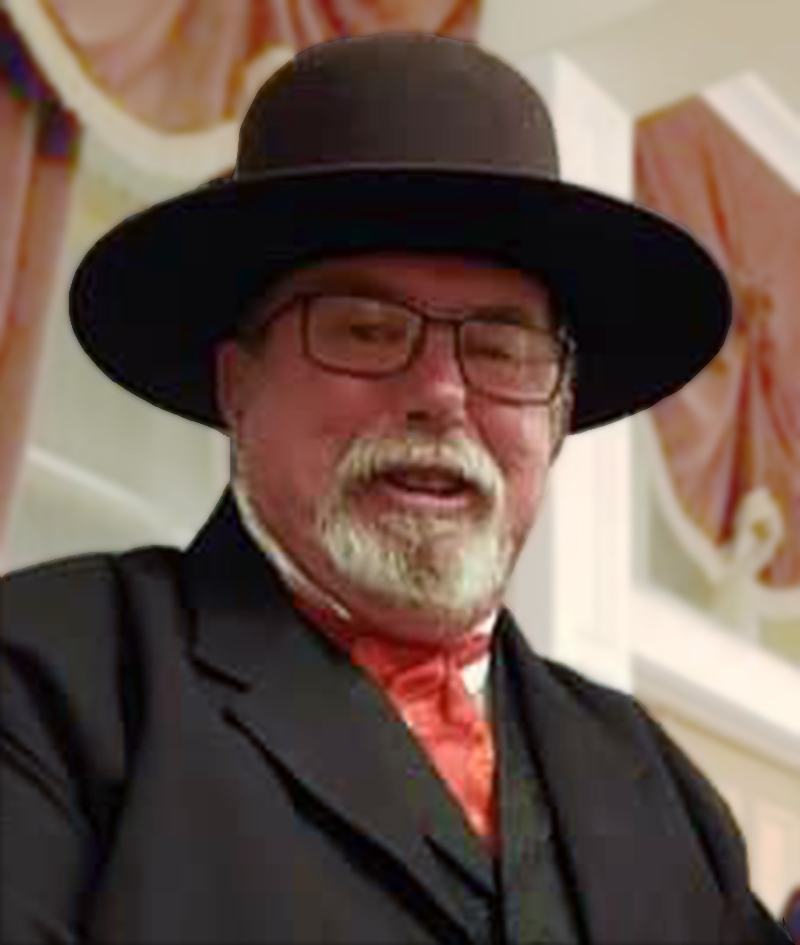














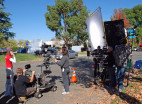

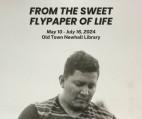










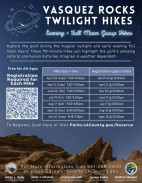






REAL NAMES ONLY: All posters must use their real individual or business name. This applies equally to Twitter account holders who use a nickname.
3 Comments
Good article. I have backpacked all over the world and had many encounters with black, grizzly and sloth bears. Never been fearful or threatened. One grizzly sow made her displeasure with my intrusion into her dining room known other great effect but it was for show, She did not want to eat me, just get me to leave, I did! Thanks for the article.
I hope lots of folks read your article. Wild bears around here are actually difficult to find (unless you are a trained tracker). Most black bear/human interactions are accidental. When you are in their normal territory black bears are not likely to attack unless as you noted, it’s a mother bear who believes her nearby cubs are at risk. Otherwise, unless you are hunting them, (and even then) you will rarely encounter them. In their range far away from human habitation, bear tracks, scat and other evidence (remains) can easily be found. Wild bears will usually move away from human noise and are very good at doing that quietly.
But that’s from my experience hunting deer in season years ago in the local and Sierra Nevada mountains.
When bears have learned (usually due to a lack of other resources) to hunt and feed in human occupied areas it is a different thing entirely.
“Humanized” bears can behave very differently from wild bears. They become used to foraging in peoples trash cans and backyards – including pets (although not as much as coyotes). And once adapted to it, they will not give up their new “range” easily. The National Parks have much experience with this, especially in Yosemite and Yellowstone. The Park personnel relocate those bears as far away as possible, although like people they often return to where the most easily accessible food can be found.
One minor note about your article: California native Grizzly (brown) bears were hunted to extinction at the beginning of the last century (and as legend has it, the last one was killed not far from the SCV). Other brown bears are still in the wild in the Northwest states and of course, Alaska.
One last caveat; if you are hiking away from human habitation (aka miles away), just assume that any local bears know exactly where you are at all times. I’ve doubled back on my trail when hunting and found bear tracks following or crossing it less than a half hour after I’d passed.
And I never saw those bears.
Thank you for the article.
Here’s another: Bears hibernate for the winter – NO, THEY DO NOT!
I used to hear that a lot. They just sleep. The difference is that if you push a hibernating animal around, it keeps hibernating. If you push a sleeping bear around, you’re going to have a really bad day.